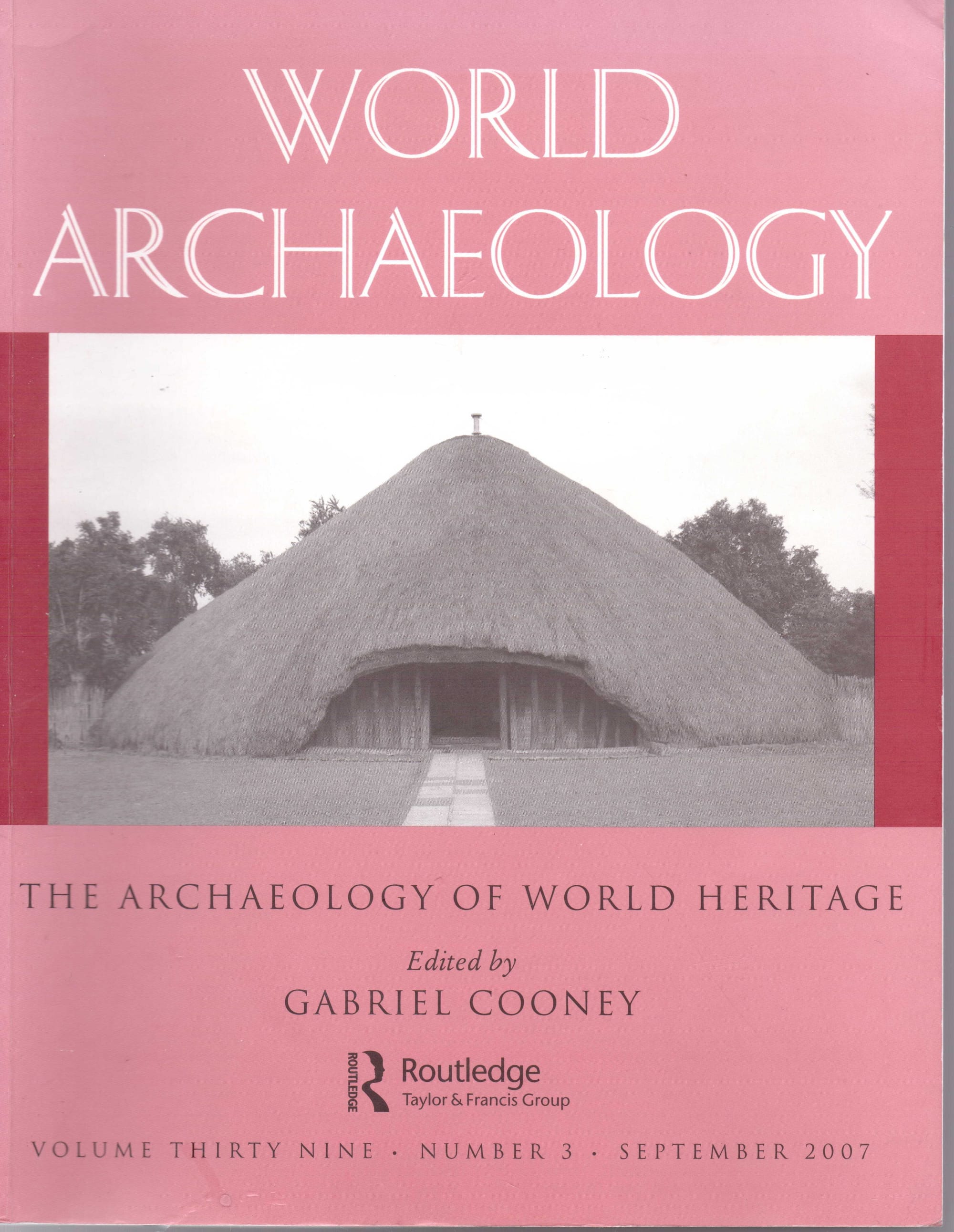The Industrial Landscape of The Northern Faiyum Desert as a World Heritage Site: Modelling ‘Outstanding Universal Value’ of 3rd Millennium BC Stone Quarrying in Egypt.

The pyramids and temples of the Egyptian Old Kingdom (early-mid-third millennium BC) are testament to an epoch of global significance in the evolution of monumental stone architecture. The basalt quarries of Widan el-Faras and gypsum quarries of Umm es-Sawan, located in the Northern Faiyum Desert of Egypt, were key production sites in the foreground of this transformation to large scale stone quarrying. Yet, the significance and value of these archaeological sites in shaping elements of the cultural landscape of the Northern Faiyum Desert, currently under nomination for World Heritage listing, remains largely in the background. This paper attempts to develop a methodology to articulate ‘outstanding universal value’ and to raise the significance of the largely mundane and non-monumental remains of these production sites. By deploying formulations in landscape archaeologies and key concepts used in the nomination of the Blaenavon industrial landscape in South Wales as a World Heritage Site, it argues for the cultural landscape of the Northern Faiyum Desert authenticating one of the world’s oldest ‘industrial’ landscapes related to large-scale stone quarrying.
Bloxam, E. and Heldal, T. 2007. The Industrial Landscape of The Northern Faiyum Desert as a World Heritage Site: Modelling ‘Outstanding Universal Value’ of 3rd Millennium BC Stone Quarrying in Egypt. World Archaeology Vol 39 (3) pp. 305-323.
A pdf of this publication is available from the Taylor & Francis publications: https://www.jstor.org/stable/40026202 or from the author for research purposes.